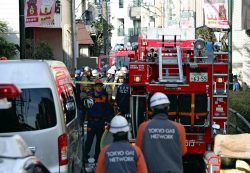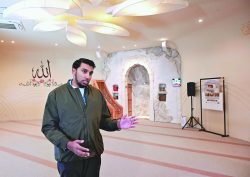Decades Later, Japan’s Matsumoto Sarin Attack Victim Is Remembered; 30 Years Have Passed Since Aum Shinrikyo’s First Mass Murder
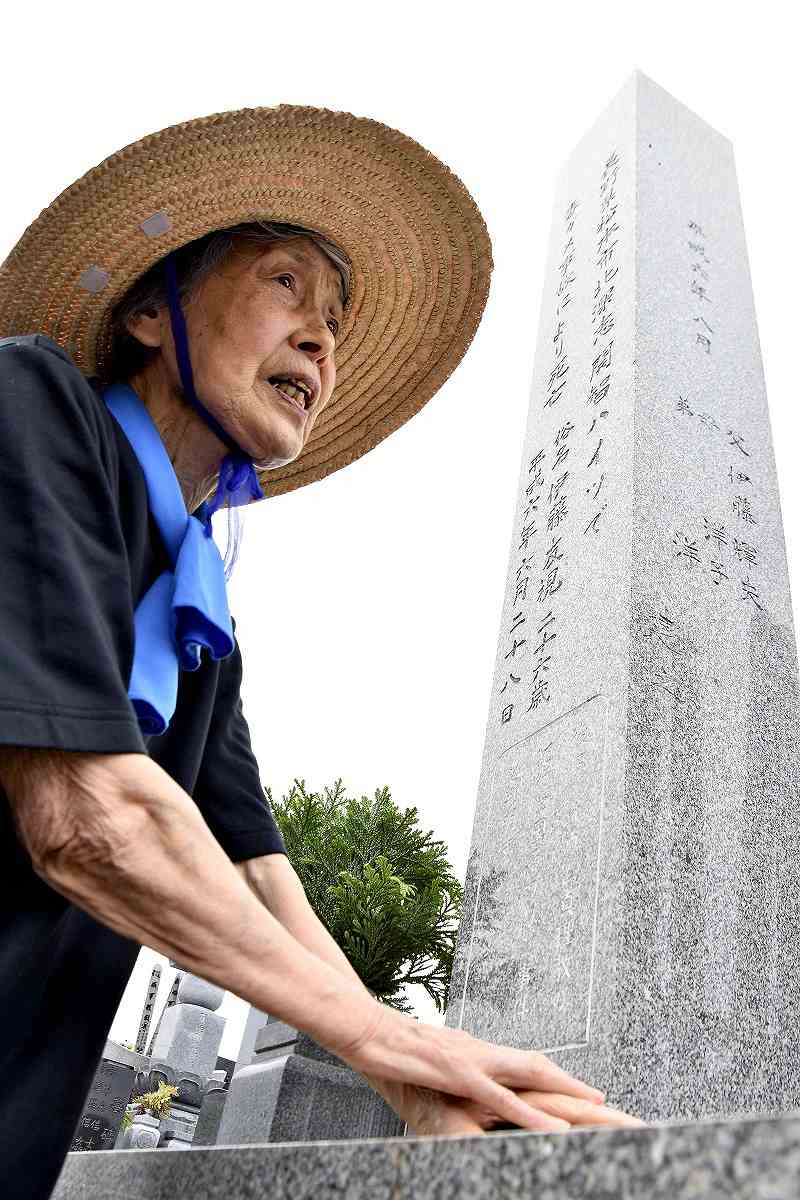
Yoko Ito tends to the grave of her son Tomomi in Minami-Boso, Chiba Prefecture, on June 20.
6:00 JST, June 29, 2024
MATSUMOTO, Nagano — Thirty years have passed since the fatal sarin nerve gas attack carried out by the Aum Shinrikyo (Supreme Truth) cult in Matsumoto, Nagano Prefecture.
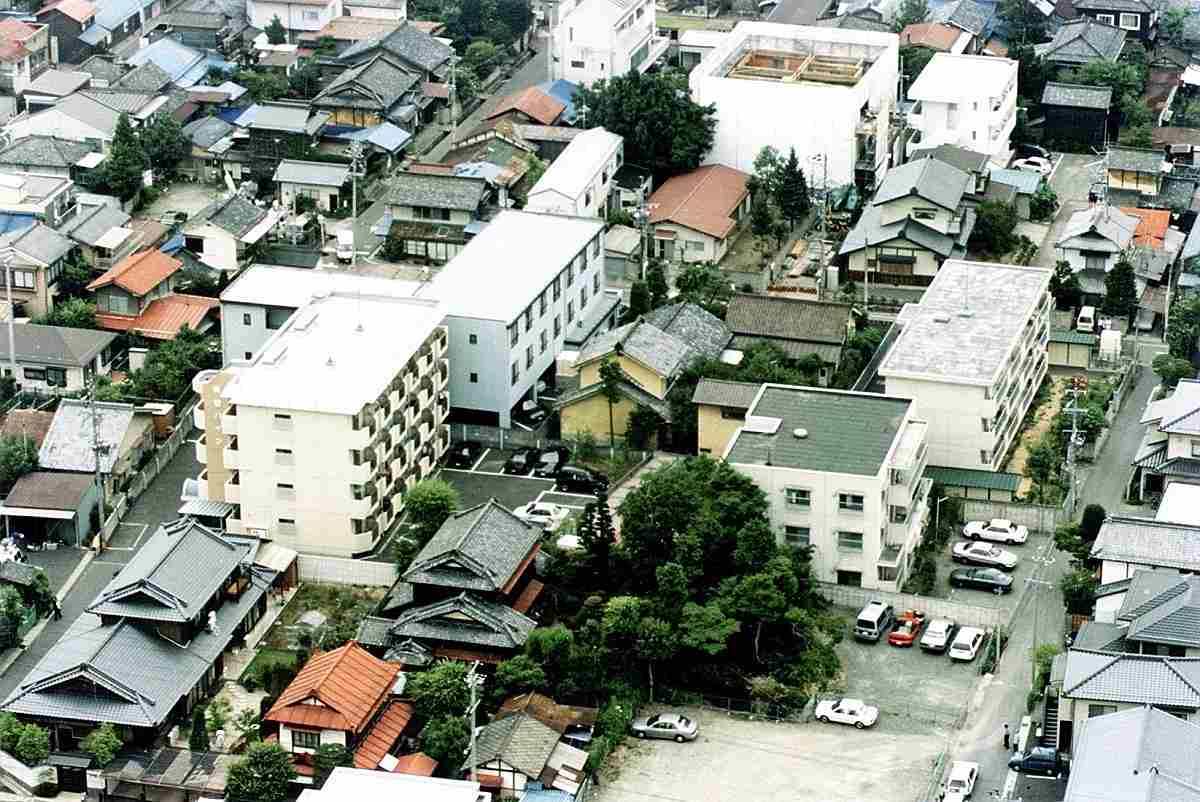
An aerial view of the residential area of Matsumoto, Nagano Prefecture, where the sarin gas attack took place, taken on June 29, 1994
In the cult’s first indiscriminate mass murder, Aum members released highly toxic sarin gas in a residential district late at night on June 27, 1994, killing eight people. The cult would later be responsible for a series of other crimes, including the 1995 sarin gas attacks on the Tokyo subway system that killed 14 people and left more than 6,000 injured.
Tomomi Ito was 26 when he was killed in the Matsumoto attack, and the sorrow of his mother remains strong to this day, even as the impact of the crime fades from most people’s memory.
Tomomi rests in a grave on a hilltop in Minami-Boso, Chiba Prefecture, overlooking the Pacific Ocean.
On a recent visit, his mother Yoko Ito, 84, fondly patted the headstone, which stands 1.78 meters — the same height her son was.
“I still dream about my son. In my dreams he always looks like a child …,” Yoko said.
Tomomi was born in the town of Wada (present-day Minami-Boso) and was brought up mostly by his grandmother since his parents both worked. After attending a high school in the prefecture, Tomomi studied pharmacology at a university in Hokkaido, then took a job at a pharmaceutical company after graduating.
Tomomi passed the pharmacist exam that he took shortly after joining the company. Yoko went to the health center to pick up his license in his place, since he was participating in a company training program at the time.
“I was really happy because it was the proof of his hard work,” Yoko said. She had no idea then that a photocopy of the license she made would become a memento of her son.
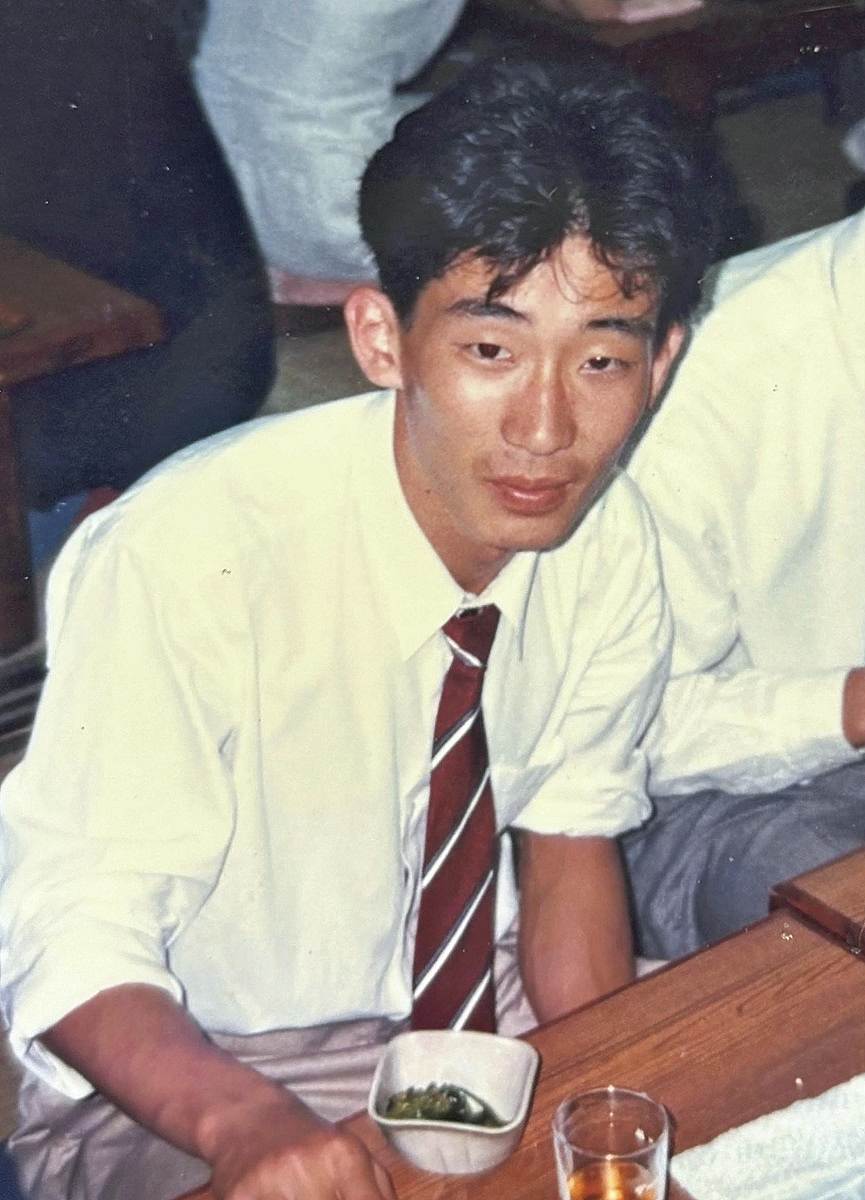
Tomomi Ito
Tomomi was assigned to a workplace in Matsumoto. On the morning of June 28, 1994, Yoko was told at the town hall where she worked that her son’s name had been mentioned on television. She and her husband, Teruo, headed for Matsumoto.
Tomomi’s face looked peaceful when they saw him at a university hospital, she said. “We were told that he was killed by gas, but we didn’t quite understand.” Possibly because she was under so much strain, she shed no tears.
According to Yoko, Tomomi treasured his family. He gave his grandmother a portion of his first paycheck and presented Yoko with a handkerchief on Mother’s Day.
The only time Yoko was able to forget her grief was by immersing herself in her work of compiling local history at the town hall.
Even after it was discovered that the Aum Supreme Truth cult was responsible for the crime, cult founder Chizuo Matsumoto, also known as Shoko Asahara, never apologized for their crimes, for which Yoko has harbored feelings of resentment and emptiness.
Tomomi’s grandmother, who had a near-daily habit of looking at his photograph and saying that she wished she could have traded places with him, died in 2001 at 94. Teruo, who wanted Matsumoto to be executed soon so that he could tell Tomomi about it, began drinking heavily, frequently fell ill and died in 2007 at 72.
Matsumoto was executed in July 2018 at 63.
Yoko continues to regularly visit her son’s grave. “Even though I would like to have closure, there is no end to this. When I see classmates of his, I wonder what kind of life he would be leading if he were still alive,” she said.
13 members executed
In the Matsumoto attack, Yoshiyuki Kono, who reported the incident to authorities, was initially erroneously regarded as a suspect. His wife Sumiko Kono died from the aftereffects of the sarin gas in August 2008, becoming one of the eight people whose lives were ended.
The attack was determined to have been intended to target the official residence of a judge serving on the Nagano District Court’s Matsumoto branch, before he could issue a ruling against Aum in a civil lawsuit concerning the construction of a training hall for a branch of the cult.
Besides the cult founder, 12 former senior Aum members were executed in July 2018.
"Society" POPULAR ARTICLE
-

Tokyo Zoo Wolf Believed to Have Used Vegetation Growing on Wall to Climb, Escape; Animal Living Happily after Recapture
-

JAL, ANA Cancel Flights During 3-day Holiday Weekend due to Blizzard
-

Snow Expected in Tokyo, Neighboring Prefectures from Jan. 2 Afternoon to Jan. 3; 5-Centimeter Snow Fall Expected in Hakone, Tama, and Chichibu Areas
-

Tokyo, Yokohama Observe First Snowfall of Season; 1 Day Earlier than Average Year
-

M6.2 Earthquake Hits Japan’s Tottori, Shimane Prefectures; No Tsunami Threat (Update 4)
JN ACCESS RANKING
-

BOJ Gov. Ueda: Highly Likely Mechanism for Rising Wages, Prices Will Be Maintained
-

Japan Govt Adopts Measures to Curb Mega Solar Power Plant Projects Amid Environmental Concerns
-

Core Inflation in Tokyo Slows in December but Stays above BOJ Target
-

Major Japan Firms’ Average Winter Bonus Tops ¥1 Mil.
-

Bank of Japan Considered U.S. Tariffs, Coming Shunto Wage Hike Talks in Its Decision to Raise Interest Rates


